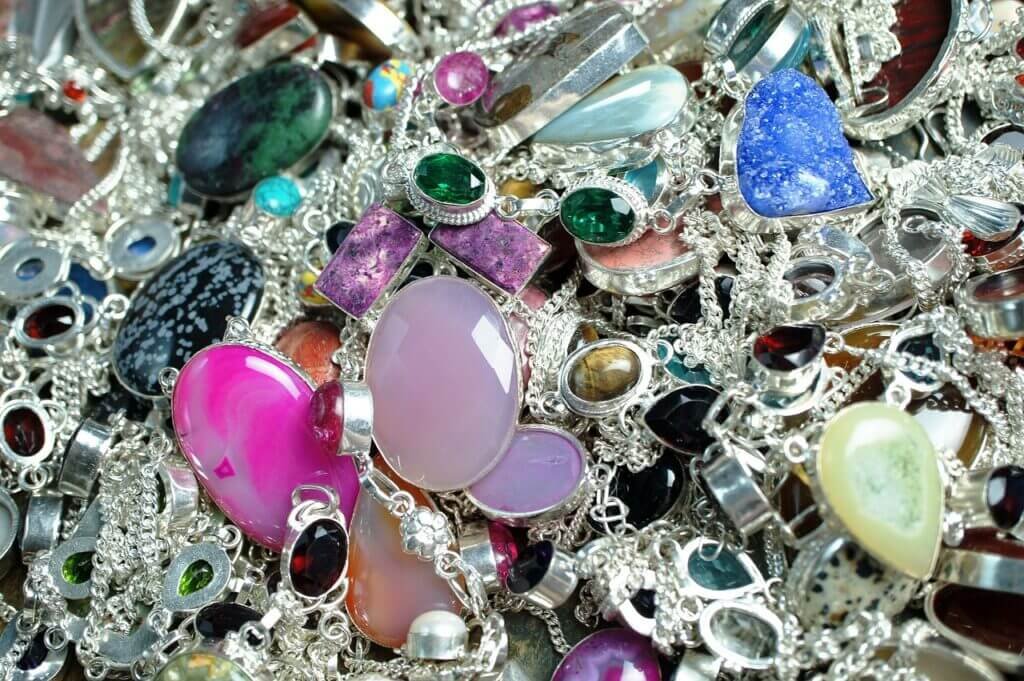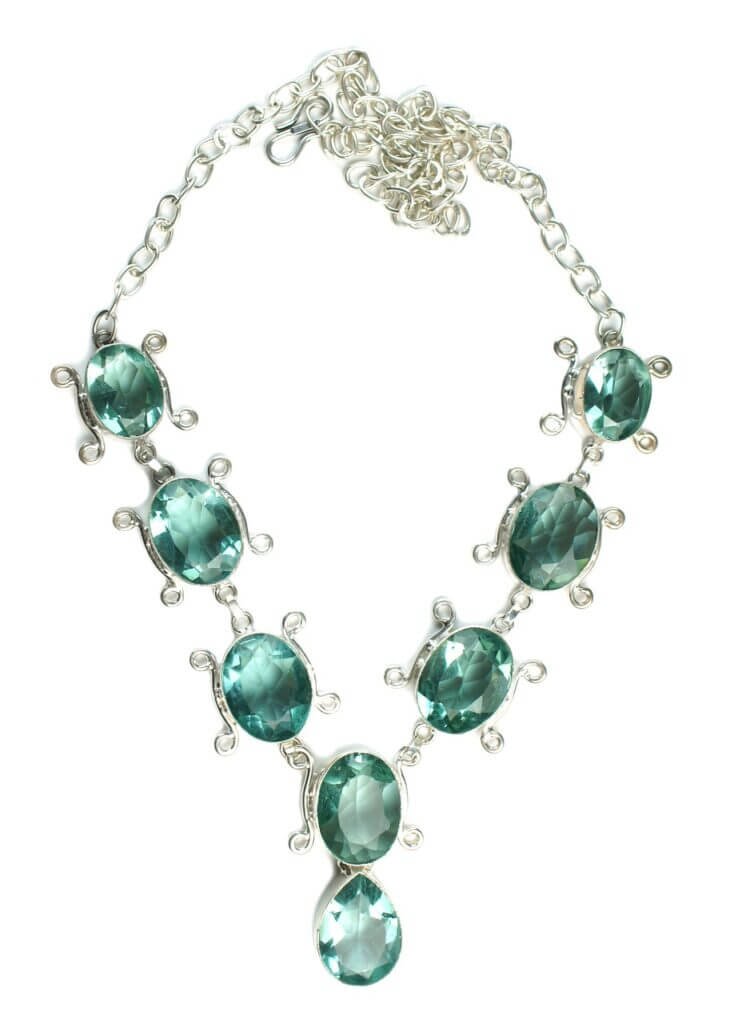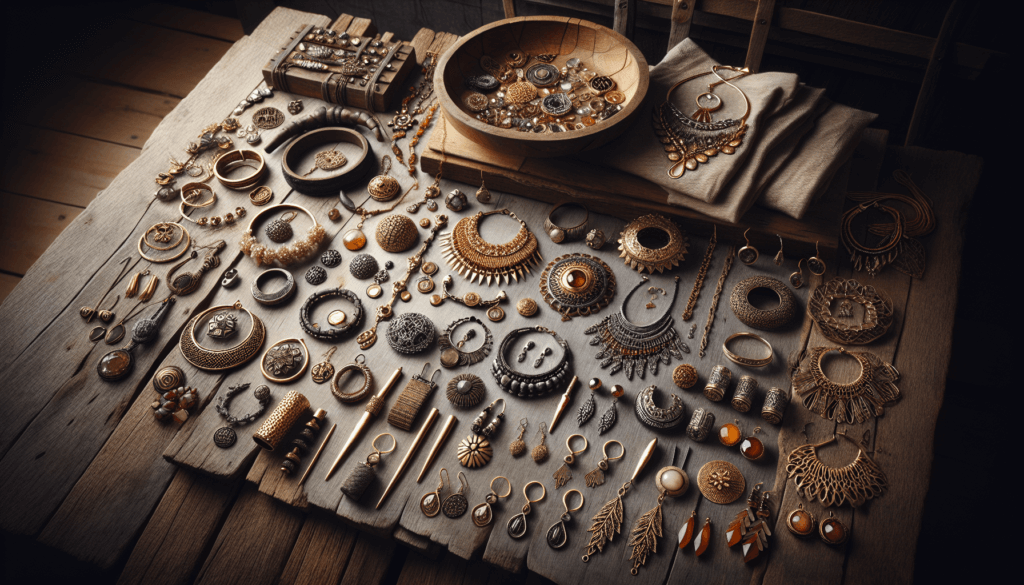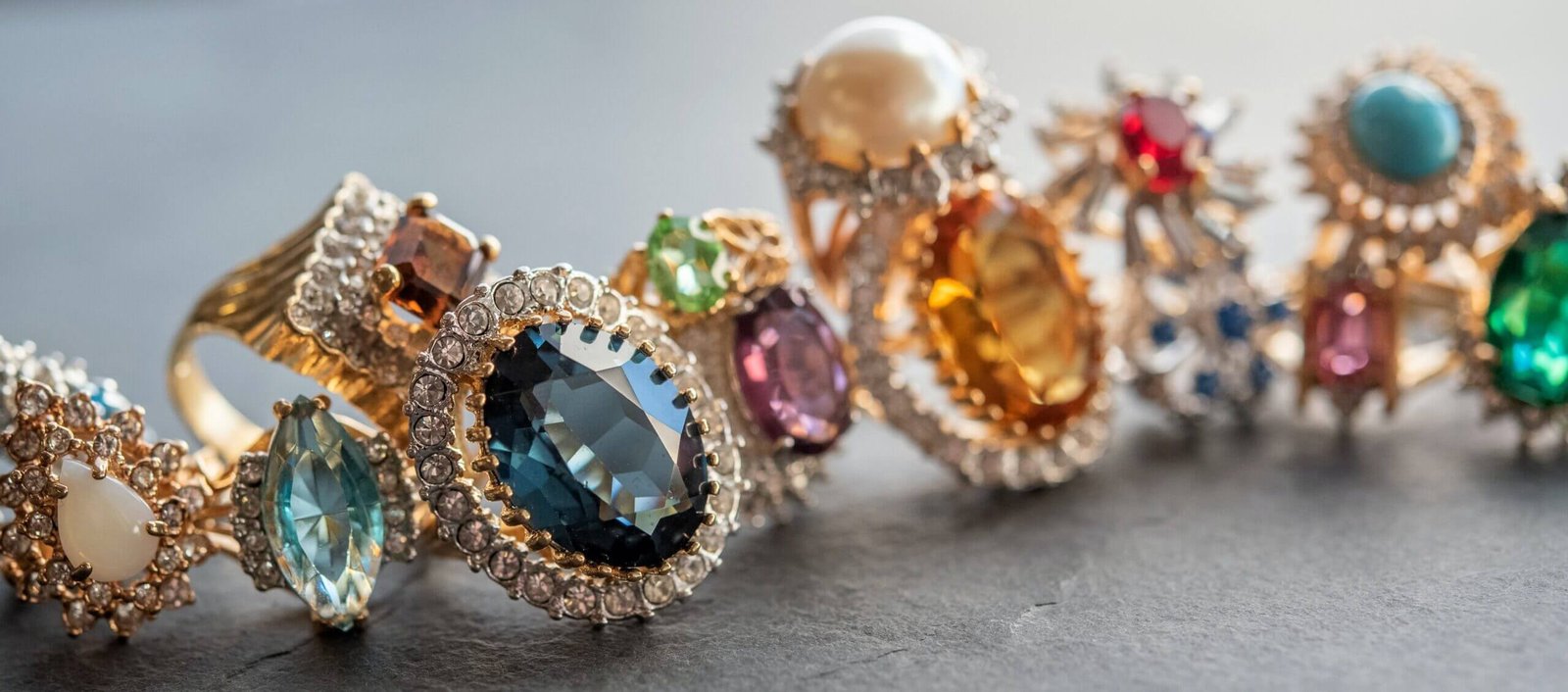In this enlightening exploration, “Is Handmade Jewelry Worth More?”, you’re invited to embark on a journey through the intricate world of craftsmanship and value. This exposition compares the worth of handmade jewelry to mass-produced pieces, highlighting the uniqueness, time and skills invested in each handcrafted piece. Come along and uncover whether the monetary and sentimental value of handmade pieces triumphs over that of their mass-market counterparts.

Understanding the Value in Handmade Jewelry
When you explore the world of jewelry, you’ll quickly note the significant distinction between mass-produced items and meticulously crafted handmade pieces. Understanding the latter’s value provides you with a deeper appreciation of the craft, along with a new perspective on purchasing decisions.
Defining Handmade Jewelry
Handmade jewelry, as the name suggests, refers to pieces fashioned by hand rather than crafted using mass production methods. These are jewelry items that are meticulously designed, carved, assembled, and polished by professional artisans. Each piece holds its distinct touch, making it unique.
How is Handmade Jewelry Created
Unlike mass-produced items that are typically machine-made for scale and uniformity, handmade jewelry undergoes a more intimate creative process. An artisan handles every step, from conceptualizing designs, selecting materials, to the labor-intensive intricacies of shaping, polishing, and engraving the jewelry.
Key Characteristics of Handmade Jewelry
Handmade jewelry is known for its uniqueness, detail, and quality. Because each piece is individually crafted, no two pieces are completely identical, making every handmade item unique. Moreover, the attention to detail in these pieces is easily observable, reflecting the artist’s dedication to their craft.
The Artistry Behind Handmade Jewelry
From a simple bead to a complex metal design, the artistry that goes into handmade jewelry is profound. It’s not just about creating a wearable item; it’s about weaving a story.
The Skills Required for Crafting Handmade Jewelry
Working with raw materials to create intricate jewelry designs requires a range of craft skills. Artists must bring expertise in design, carvings, and gemology along with abilities like drawing, painting, and sculpting, demonstrating expertise that extends beyond conventional jewelry making.
The Creative Process of Making Handmade Jewelry
The creative process for making handmade jewelry varies from artisan to artisan. It often begins with an inspiration, followed by a sketch of the design. The artisan then chooses the perfect materials, carves, shapes, assembles, and lastly polishes, giving life to the initial concept.
The Aesthetics of Handmade Jewelry
Handmade jewelry stands out with a certain aesthetic that mass-produced jewelry cannot emulate. The design nuances, the choice of materials, and the adding of self-expression and creativity to each piece – all contribute to the unique aesthetic appeal of handmade jewelry.

The Cost of Production
While the higher price of handmade jewelry might initially surprise you, it’s important to delve into the cost of production to understand the value.
Materials Used in Making Handmade Jewelry
Artisans often use high-quality, ethically sourced materials for their creations, from precious metals to rare gemstones. These materials not only ensure each piece’s longevity but also contribute significantly to their cost, ultimately enhancing each item’s value.
Time and Labor Costs in Production
Handmade jewelry requires an enormous investment of time and rigorous labor. Each piece demands design hours, and meticulous attention to detail, all of which are labor-intensive and contribute to their higher price.
Overhead Costs involved in the Craft
Running a handmade jewelry business involves overhead costs like rent, utilities, supplies, and marketing, among others. Additionally, professional artisans often need to make continual investments in education and training to hone their craft, adding to the costs.
Compare Handmade Jewelry and Mass-Produced Jewelry
The differences between handmade and mass-produced jewelry are vast, highlighting the inherent value of the former.
Differences in Material Quality
Handmade jewelry often uses superior quality, ethically sourced materials, contributing to its durability and perennial allure. Mass-produced jewelry, on the other hand, might rely on cheaper, less durable materials to cut costs.
Differences in Craftsmanship
The craftsmanship of handmade jewelry is unsurpassed. It’s a result of years of experience, skills, and the human touch, leading to incredible detail and originality. Mass-produced counterparts, however, offer more uniform, less creative designs.
Differences in Design and Uniqueness
Handmade jewelry pieces tell a unique story through their one-of-a-kind designs, reflecting the artist’s personality and vision. Meanwhile, mass-produced jewelry follows trends and aims for wide-ranging appeal rather than individual expressiveness.

Authenticity and Uniqueness of Handmade Jewelry
Part of the charm in investing in handmade jewelry lies in its authenticity and exclusivity.
The Story Behind Each Piece
Each handmade piece has a uniquely crafted narrative, telling a story of inspiration, creativity, and passion. The artist’s personal touch and insight grace each creation, adding to its authenticity.
Personalized Aspects of Handmade Jewelry
Artisans often provide personalization options for their customers, allowing for adjustments or additions that reflect personal tastes. This level of customization adds value, making the jewelry piece even more special and unique.
Limited Edition and One-of-a-Kind Pieces
Owing to the time and effort put into creating handmade jewelry, these pieces are often produced in limited quantities or as one-off designs, enhancing their exclusivity and intrinsic value.
Durability and Longevity of Handmade Jewelry
The value of handmade jewelry extends beyond its aesthetic appeal to its durability and potential to last for generations.
Quality Workmanship and Its Impact on Durability
The quality workmanship in handmade jewelry ensures its durability. Each piece is carefully crafted to withstand the test of time and often passed down through generations as heirlooms.
Pros and Cons of Handmade Jewelry’s Longevity
Handmade jewelry’s longevity is a desirable trait, as it can become a cherished sentimental possession. However, its lifetime will depend on the materials used and how well it’s maintained, requiring a heightened level of care.
Maintenance and Care for Handmade Pieces
Handmade jewelry often requires regular, careful maintenance to sustain its beauty and longevity. This includes routine cleaning, proper storage, and periodic professional assessments to maintain its shine and value.

Economic and Social Impact of Buying Handmade Jewelry
Choosing handmade jewelry can inspire positive economic and social change.
Support for Local Artists and Small Businesses
By purchasing handmade jewelry, you’re supporting local artists and small businesses, stimulating local economies and fostering the preservation of traditional craft skills.
Sustainability Aspects of Handmade Production
Handmade jewelry often leans towards sustainability. The use of ethically-sourced materials, reduced waste, and avoidance of mass-production methods make handmade jewelry a more environmentally-friendly option.
Cultural Preservation and Artisan Empowerment
Investing in handmade jewelry helps preserve cultural heritage and traditions, enabling artisans to keep historical craftsmanship methods alive. It also provides employment opportunities to individuals in the arts community.
Pricing of Handmade Jewelry
Understanding the pricing of handmade jewelry matters in comprehending its value.
Factors That Influence the Price of Handmade Jewelry
The pricing of handmade jewelry is influenced by a host of factors – the cost of materials, the time invested in creating each piece, the skill level, and the overhead costs involved in running a business.
Understanding Pricing From a Buyer’s Perspective
From a buyer’s perspective, the pricing of handmade jewelry can be seen as a direct reflection of the value and quality of the piece. When you purchase handmade jewelry, you’re not just paying for a product; you’re investing in a piece of art and supporting a craftsman.
Is Handmade Jewelry a Good Investment?
Handmade jewelry can be considered a good investment. Due to its quality, longevity, and the fact that each piece is unique, handmade pieces often maintain or even increase their value over time.

How to Evaluate the Worth of Handmade Jewelry
The worth of handmade jewelry is subjective and greatly dependent on each person’s perception.
Determining the Quality of Materials
By understanding the quality of materials, you can evaluate the piece’s durability and longevity – important factors in assigning value to handmade jewelry.
Assessing the Quality of Craftsmanship
The craftsmanship’s quality can be seen in the design details, finish, and durability of the piece, adding to its worth.
Considering the Design and Personal Value
A large part of handmade jewelry’s value comes from personal affinity. The design, the resonate story behind each piece, and the emotional connection it fosters are often what make it priceless to an individual.
Conclusion: Is Handmade Jewelry Worth More?
In concluding, we can confidently affirm that handmade jewelry holds a value beyond price tags.
Weighing the Pros and Cons of Handmade vs. Mass Produced
Handmade jewelry carries a charm and quality that mass-produced items cannot match. While they may be pricier, the unique design, superior materials, and ethically-conscious production processes validate the higher costs.
Are the Higher Costs Justified?
Considering the intricate process, time, skills, and high-quality materials involved, the higher costs of handmade jewelry are justifiable. Each piece is an original artwork, unique to its creator, offering you an exclusive experience both in wearing and owning it.
The Personal Value of Owning Handmade Jewelry
The personal value of owning handmade jewelry is immeasurable. As each piece bears the touch and soul of the artisan, owning such a piece bestows a lovely feeling of interconnectedness and a unique sense of style. The decision to purchase handmade jewelry not only supports tradition and artists but also gives you an item with an inherent story – a story that becomes a part of your own.



